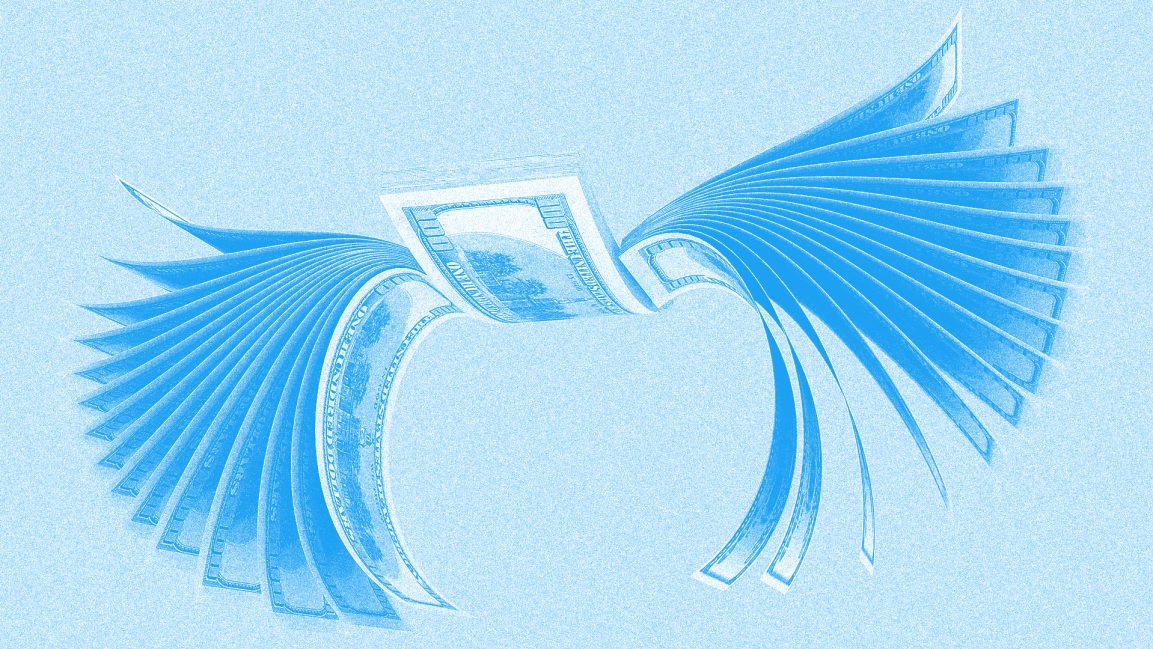Twitter’s new features are about way more than 280-character tweets
Twitter is announcing several updates that it says aim to drive better conversations on the internet. They include new and enhanced features to help people sell their creative work on the platform.
“At its best, we think Twitter can be the conversation layer of the internet,” said Kayvon Beykpour, Twitter’s head of consumer product, in a streamed press event. “We’ve made a ton of progress towards that plan.”
Beykpour pointed to a desire to go “beyond 280 characters,” the current length of a standard tweet, in communicating on Twitter. The platform started out letting people post messages of just 140 characters, but it’s grown to be used for sharing more diverse types of content that can sometimes feel shoehorned into the tweet format: politicians sharing screenshots of lengthy statements, people promoting newsletters on services like Substack or Patreon, and musicians and videographers linking to audio and video on other platforms, such as Soundcloud, Bandcamp, and YouTube.
Twitter recently rolled out Spaces, a live audio feature that’s been compared to the viral platform Clubhouse. Esther Crawford, Twitter’s product lead for creative monetization, announced that new features for Spaces are coming soon, including a program that will give some financial support to people hosting audio discussions and events on the feature. Twitter also plans to make it easier to replay Spaces audio after a livestream is over—something that sounds a bit like a Twitter-hosted podcast—and to more heavily promote Spaces in people’s timelines and also on the app.
“Formats like Spaces encourage people to join the conversation in an entirely new way, and we’re really excited to keep iterating,” Crawford said.
And, she added, the company is going to keep rolling out ticketed Spaces events, so that people can charge admission to their audio streams and control how many people have access. It’s also going to provide financial and marketing support to Spaces users who plan to recreate regular shows on the platform.
Twitter is also going to expand access to what it calls Super Follows, where users can allow followers to buy a monthly subscription to see additional paywalled content they post, somewhat similar to platforms like Patreon and OnlyFans. Crawford also pointed to plans to give writers new ways to promote newsletters created on Twitter, a service Twitter began offering when it acquired the newsletter service Revue, a deal announced earlier this year.
The company is also expanding its existing tipping feature, where people can send money to Twitter users with tools like Venmo, PayPal, or Cash App, to new countries and new payment methods, including cryptocurrency, Crawford said. “Cryptocurrency, like Twitter, operates without global barriers, so we are excited to incorporate it into more of our products.”
Foiling the trolls
Of course, it remains to be seen to what extent Twitter will be able to motivate creative users—and their audiences—to stay on the platform rather than simply link out to other platforms they and their fans are familiar with. But the company will continue to roll out features designed to make traditional conversations more appealing on Twitter, which include providing more options to deal with harassment on the platform. (For years, Twitter was criticized for not doing more to handle threatening, abusive, and simply abrasive users.)
“We know from talking to people around the world that people don’t really have a one-size-fits-all definition of what makes them feel comfortable online, but they do want to use Twitter on their own terms,” said Christine Su, Twitter product lead for conversational safety.
That includes the relatively new ability to limit who can reply to a tweet and the recently announced Safety Mode, currently in beta testing, which lets users automatically block accounts “using potentially harmful language—such as insults or hateful remarks—or sending repetitive and uninvited replies or mentions.” Twitter also is exploring features to let people remove themselves from an ongoing conversation thread, receive notifications before entering a potentially heated discussion, and filter out people’s abilities to use certain language in replies to them.
And the company is planning to keep expanding its moderated Communities feature, where people can tweet specifically to members of a themed group with its own rules for content and membership.
“Sometimes you only want to talk to people who share your interests,” Su says.
(35)



